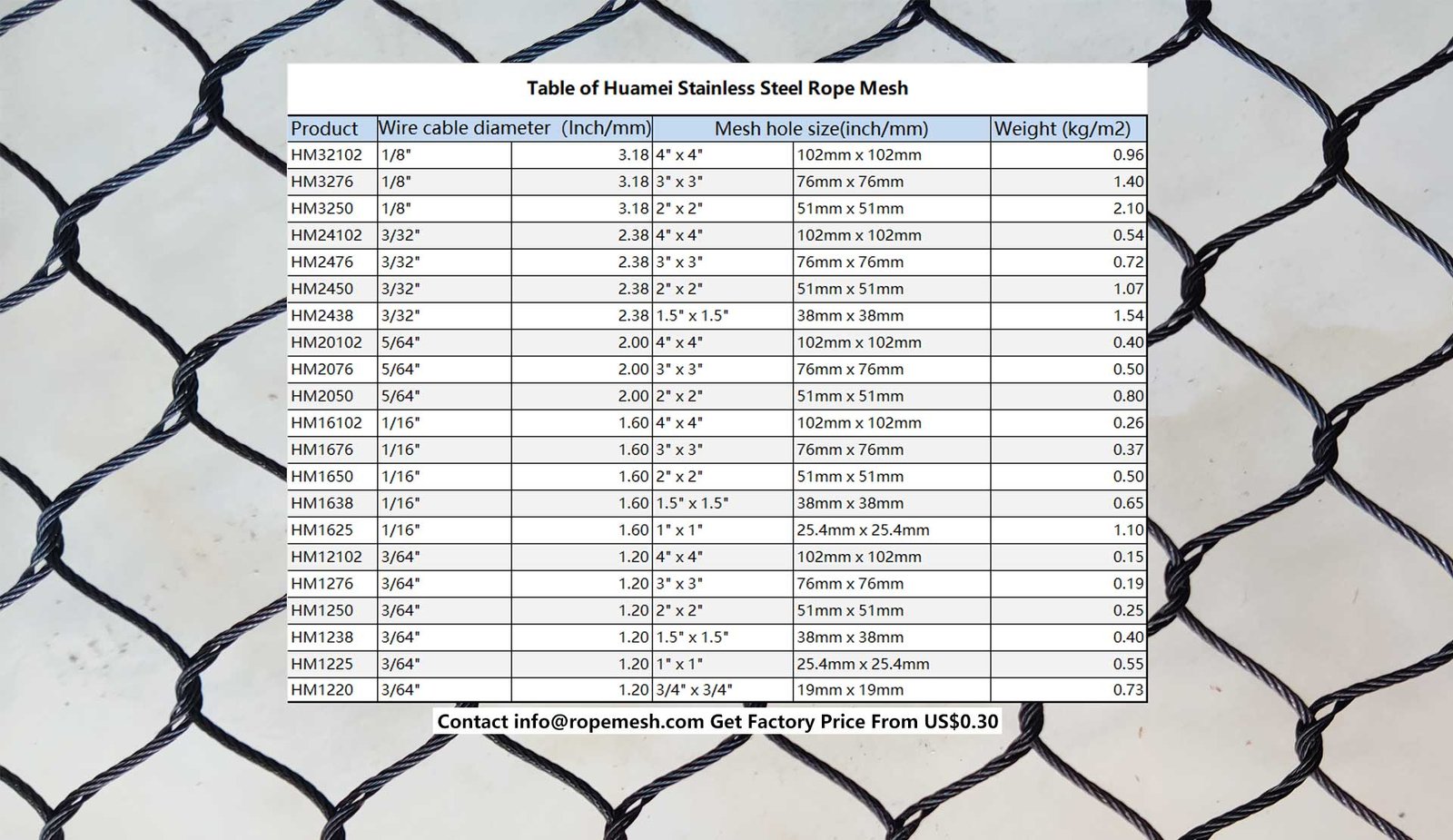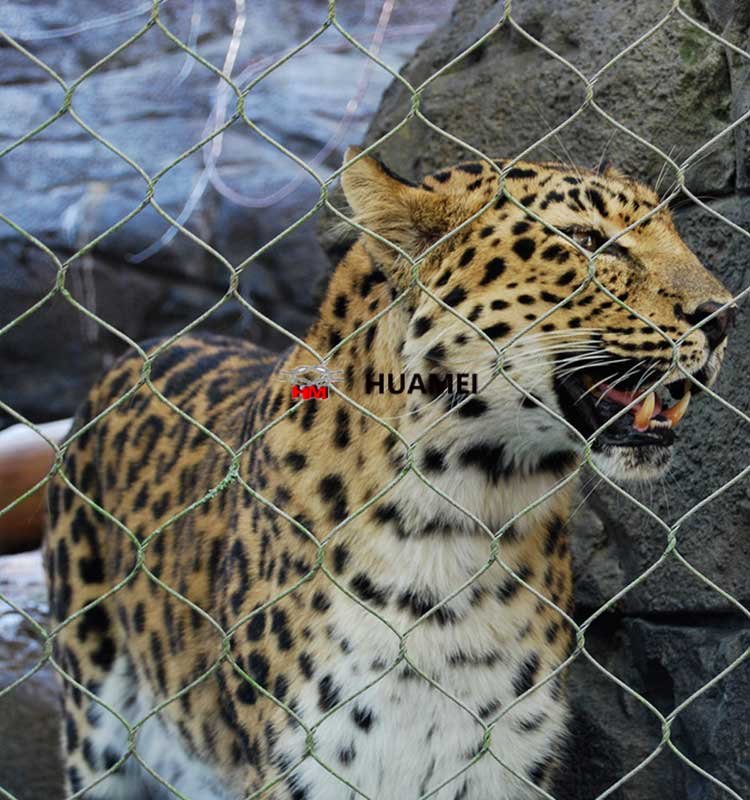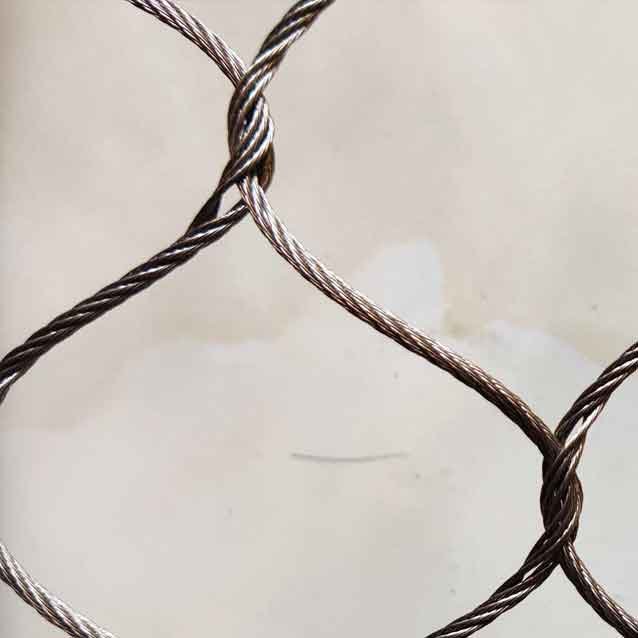Introduction to Wildlife Fencing
Wildlife fencing plays a critical role in the ongoing efforts to protect both ecosystems and agricultural lands. As human encroachment on natural habitats continues, the interaction between wildlife and human-dominated areas becomes increasingly complicated. Effective wildlife fencing serves as a barrier that not only safeguards crops and livestock from potential wildlife damage but also protects local fauna from the dangers associated with roads and urban development. In essence, wildlife fencing acts as a mediator between the two worlds, fostering coexistence and promoting conservation efforts.
One of the primary reasons for the implementation of wildlife fencing is to mitigate human-wildlife conflicts. As wildlife populations grow and their natural habitats diminish, they are often led to venture into agricultural areas in search of food. This can result in significant losses for farmers and landowners, creating tension between wildlife conservationists and agricultural interests. By utilizing wildlife fencing, landowners can establish protective boundaries that reduce these conflicts, enabling both cultivation and wildlife preservation to thrive side by side.
Moreover, proper wildlife fencing is essential in supporting biodiversity. Barriers help to maintain safe corridors for wildlife movement, allowing them to traverse and access different habitats without risking injury or death from vehicles or other hazards. Additionally, they can prevent the introduction of invasive species that may disrupt native wildlife populations. However, the challenges facing wildlife conservation are considerable, as inadequate or poorly designed fencing can lead to unintended consequences, such as animal entrapment or hindrance of migratory patterns.
In the realms of both agriculture and conservation, the importance of wildlife fencing cannot be overstated. Its potential benefits highlight the need for effective strategies that integrate ecological considerations with the practical realities of land management, ensuring that both wildlife and human communities can flourish together.


